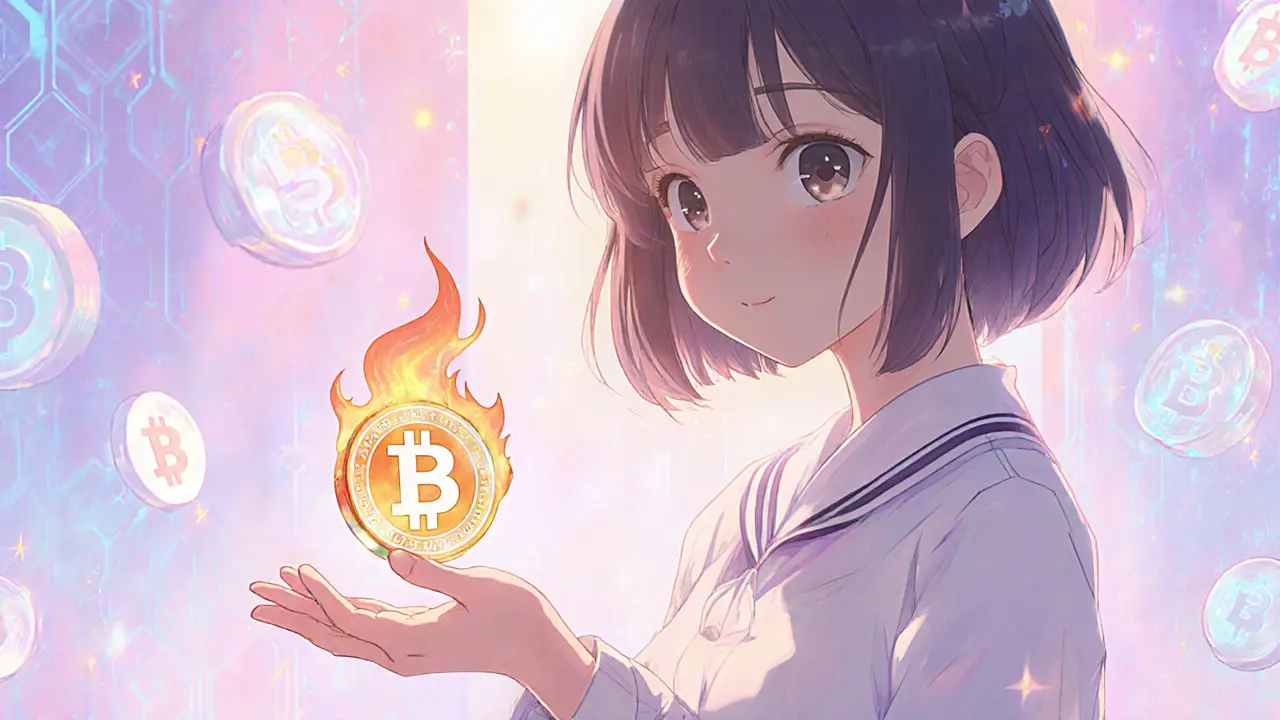Burn token Explained – How Token Burns Shape Crypto Markets
When working with Burn token, a mechanism that permanently removes cryptocurrency units from circulation, lowering the total supply. Also known as token burn, it is a core part of many deflationary strategies.
A Deflationary token, a coin whose supply shrinks over time because of regular burns often relies on solid Tokenomics, the economic design that defines supply, distribution, and incentives. Burn token encompasses supply reduction, while token supply reduction influences market scarcity. In practice, a burn token requires a smart‑contract function that sends tokens to an unrecoverable address, effectively taking them out of circulation.
Why token burns matter for investors
When the circulating supply drops, basic economics says each remaining unit becomes a bit more valuable if demand stays steady. That’s why deflationary token projects tout burns as a way to boost long‑term price potential. Real‑world examples include projects that burn a portion of transaction fees or allocate a share of revenue to periodic burns. These actions create a clear link between network activity and supply reduction, making the token’s price more responsive to usage.
Burn mechanisms also affect liquidity mining and yield farming. If a protocol burns a slice of the rewards, participants see a net increase in token scarcity, which can enhance APY calculations. Conversely, frequent burns can shrink the pool of reward tokens, forcing farms to adjust their tokenomics. Understanding how burn token strategies intersect with liquidity mining helps traders decide whether a project’s incentives are sustainable.
Another angle is airdrops. Some projects announce future airdrops that are funded by burning a portion of existing tokens. The logic is simple: by burning, the project frees up space in the token supply, allowing new tokens to be distributed without inflating total circulation. This creates a dual benefit—existing holders see a supply contraction while newcomers receive fresh tokens, potentially widening the community.
From a regulatory perspective, token burns are generally seen as a supply‑side event, not a transfer of value, which can simplify compliance in certain jurisdictions. However, projects must be transparent about burn addresses and provide on‑chain proof that the tokens are truly irretrievable. Trustworthy burn token projects publish verifiable transaction hashes and update dashboards to show the cumulative amount burned.
Technical implementation varies. Some contracts use the selfdestruct opcode to destroy coins, while others send tokens to the infamous 0x000…dead address. Both approaches achieve the same outcome—permanent removal. The choice often depends on the blockchain’s fee structure; on high‑fee networks, developers might batch burns to save gas, while on low‑fee chains they can burn more frequently.
Ultimately, a successful burn token strategy balances three factors: clear communication, measurable impact on token supply, and alignment with broader tokenomics goals. Projects that get this mix right tend to see stronger community support, healthier price action, and more sustainable incentive programs. Below you’ll find a curated list of articles that dive deep into specific burn token case studies, compare burn mechanisms across chains, and explain how to evaluate the long‑term value of a deflationary token.
Understanding the Burn (BURN) Crypto Token: A Hyper‑Deflationary Coin Explained

Learn what Burn (BURN) crypto token is, how its hyper‑deflationary burn works on every transaction, and the benefits and risks for investors.
